ABSTRACT
An accurate global assessment of gifted children is essential to provide them with educational and counseling programs tailored to their strengths and vulnerabilities. Without neglecting the fundamental role of social-emotional skills on individual well-being and academic success, it is essential to shedding light on the attentional profile of intellectually gifted children. In this regard, findings from empirical studies are not always consistent. The purpose of this exploratory study was to investigate the relationship between the cognitive profile of fifteen gifted children (mean age 9.6 years; SD 2.3), as described through the main WISC-IV indexes (IVE, IRP, IML, IVE, FSIQ), and their attentional profile assessed through AULA, an innovative VR-based ecological assessment tool that evaluates attention and inhibitory control. These first findings highlighted the correlation between intelligence and attention and provided indications for educational interventions. Therefore it is crucial to use innovative and highly ecological assessment tools to engage the IGen gifted learners. In this regard, researchers have recently developed and tested new tools that employ virtual reality (VR) to assess EFs (Climent et al. , 2010; Rizzo et al., 2006). VR-based assessment tools allow children to interact dynamically with realistic scenarios and situations that reproduce aspects of their everyday life.
The present study aimed to explore the correlation between the cognitive profile of gifted students, as measured by the WISC-IV paper-and-pencil test, and their attentional profile assessed through AULA, an innovative virtual reality-based
attention assessment tool. A previous study by Diaz-Orueta et al. (2014) explored the correlation between WISC-IV indices in a sample of averaged cognitive ability learners diagnosed with ADHD, demonstrating the reliability of the VRbased attention assessment tool in discriminating clinical subjects. To our knowledge, no studies have yet been conducted analysing the attentional profile of gifted children using a VR-based attention assessment tool. Therefore, we expect to provide valuable new information on the peculiar attentional functioning of gifted children.
KEYWORDS
Gifted Children, Assessment, Attention, Virtual Reality, Executive Functions, School Intervention
Roberta Renati, Natale Salvatore Bonfiglio, Maria Lidia Mascia and Maria Pietronilla PennaUniversity of Cagliari via Is Mirrionis 1, 09123 Cagliari, Italy.
Full text: https://www.celda-conf.org/wp content/uploads/2022/11/1_CELDA2022_F_194.pdf




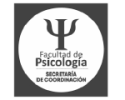

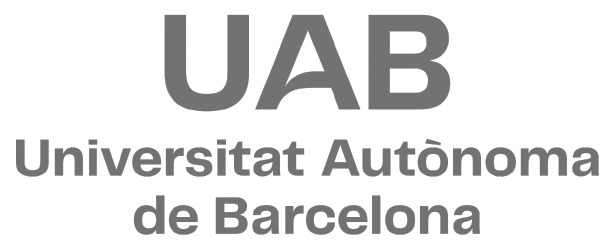

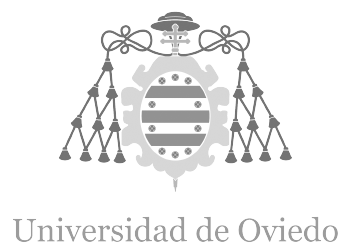
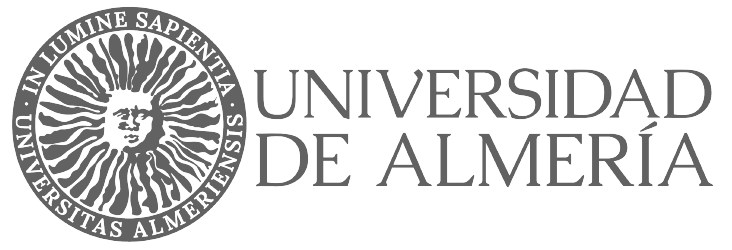
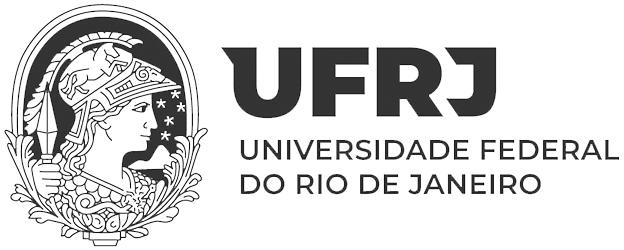

Este proyecto ha recibido financiación de la Unión Europea del programa de investigación e innovación
Horizon 2020 bajo el acuerdo Nº 733901
© 2025 Nesplora S.L.
New Nesplora online application
Nesplora
desktop application
New Nesplora online application
Nesplora
desktop application